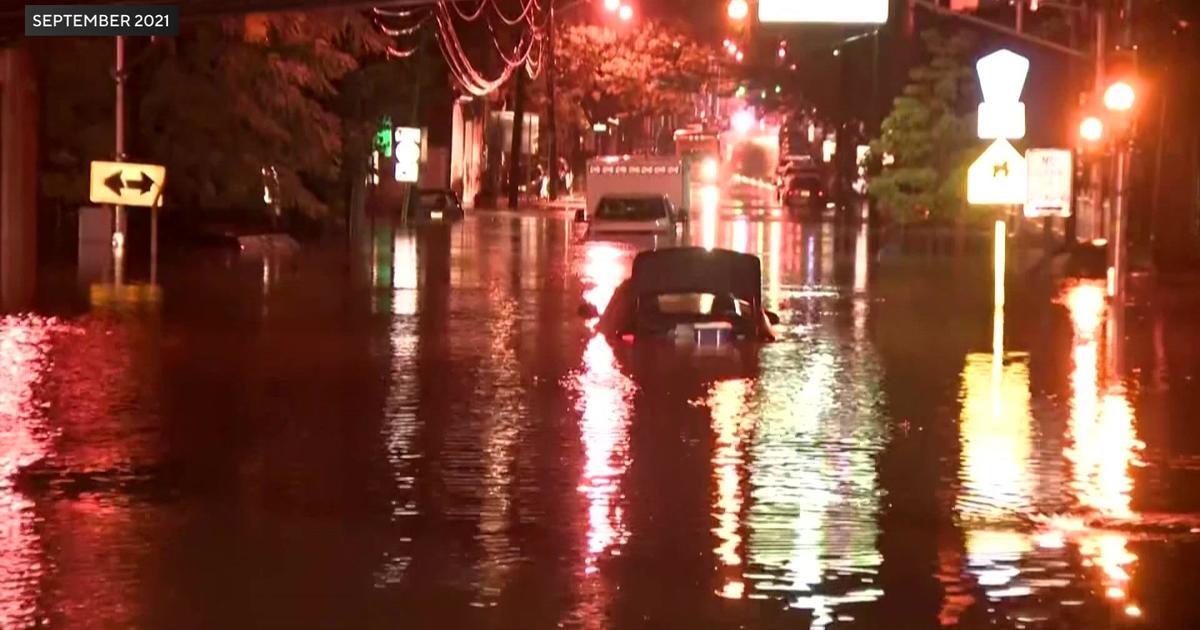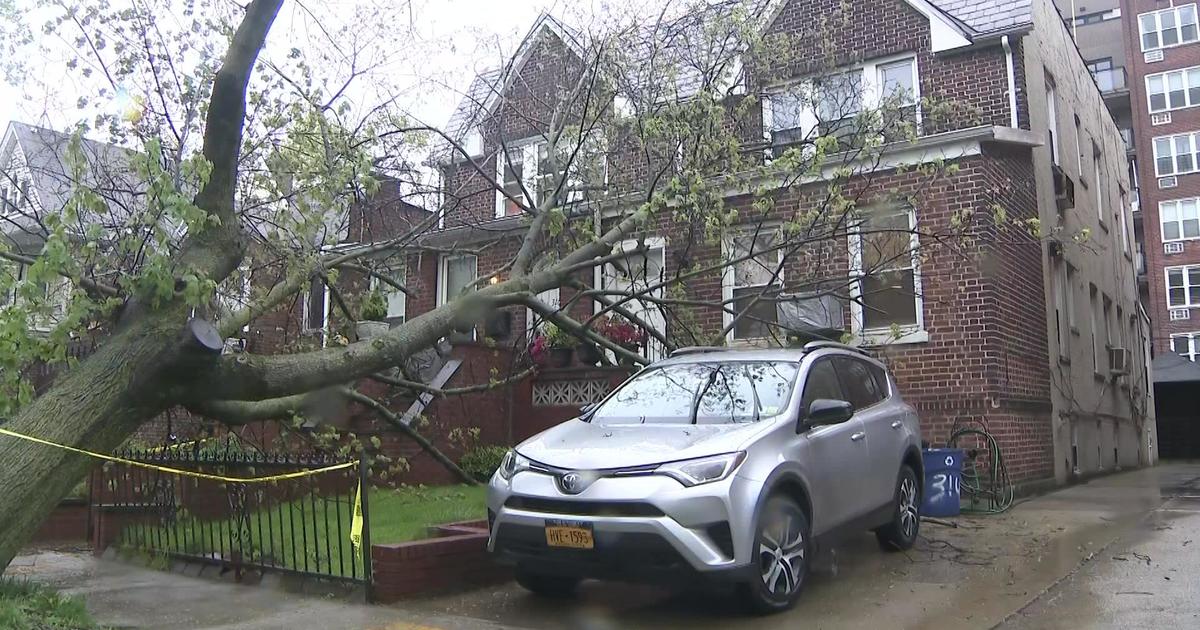Rip Currents Pose Hidden Danger To Beachgoers
JONES BEACH, N.Y. (CBS 2) -- A Long Island swimmer drowned over the weekend after getting caught in a rip current, as remnants of tropical storm Colin are producing dangerous conditions that threaten our beaches – and beachgoers' lives.
CBS 2's meteorologist Elise Finch has tips that could save your life, in case you ever find yourself trying to survive a rip current.
She spoke with Lou Salomone, an Eastchester resident who survived after getting caught in a dangerous current years ago.
"When I was a kid I got caught in a rip current," he said. "I just swam out, treaded water until the lifeguard came and got me."
He knows he was lucky. And because of his experience, he keeps his children close to him when the risk for rip currents is elevated.
They form when water returning to the sea converges in low-lying spots, forms a narrow but powerful jet, then races away from the shore. And the currents shouldn't be confused with undertow, because they don't pull you under water – they pull you out to sea.
They can occur at any beach where there are breaking waves, but on-shore winds combined with a prolonged southeast swell from the remnants of tropical storm Colin produced stronger, more frequent and more dangerous rip currents this weekend, and again on Monday.
Jay Liegey is a lifeguard captain at Jones Beach. He told us his team performed 112 rescues Sunday on a stretch of beach that was just a quarter mile long. They rescued four people Monday morning in their first hour of duty.
"What happens is they think they can swim in, directly straight in, when in fact they have to swim sideways," Liegey said.
If you find yourself caught in a rip current, don't fight it – and don't try to swim directly back to shore. Swim parallel to the beach until you are out of the current and then back to shore.
If you can't escape, float or tread water and signal for help.
Liegey says you can actually see rip currents, if you know what to look for.
"It's a lighter color than the water of that area, and it's actually the sand itself being churned up and pulled backwards," he said.
According to the U.S. Lifesaving Association, rip currents are the leading hazard for beachgoers. They're responsible for more than 100 deaths each year.



